Table of Contents
- Ebola Is Now an INTERNATIONAL EMERGENCY - The Organic Prepper
- Using Genomics to Follow the Path of Ebola | NIH Director's Blog
- Ebola Virus: What Is Ebola Virus?
- Ebola DNA sequenced to track outbreak | WIRED UK
- Ebola Fast Facts | CNN
- Ebola Fast Facts - CNN
- WHO Declares Ebola a Global Public Health Emergency
- Threat from Ebola low as Thailand is ‘well prepared’
- Ebola treatment center in Congo reopens after attack, but without ...
- Ebola treatment studies to begin by December
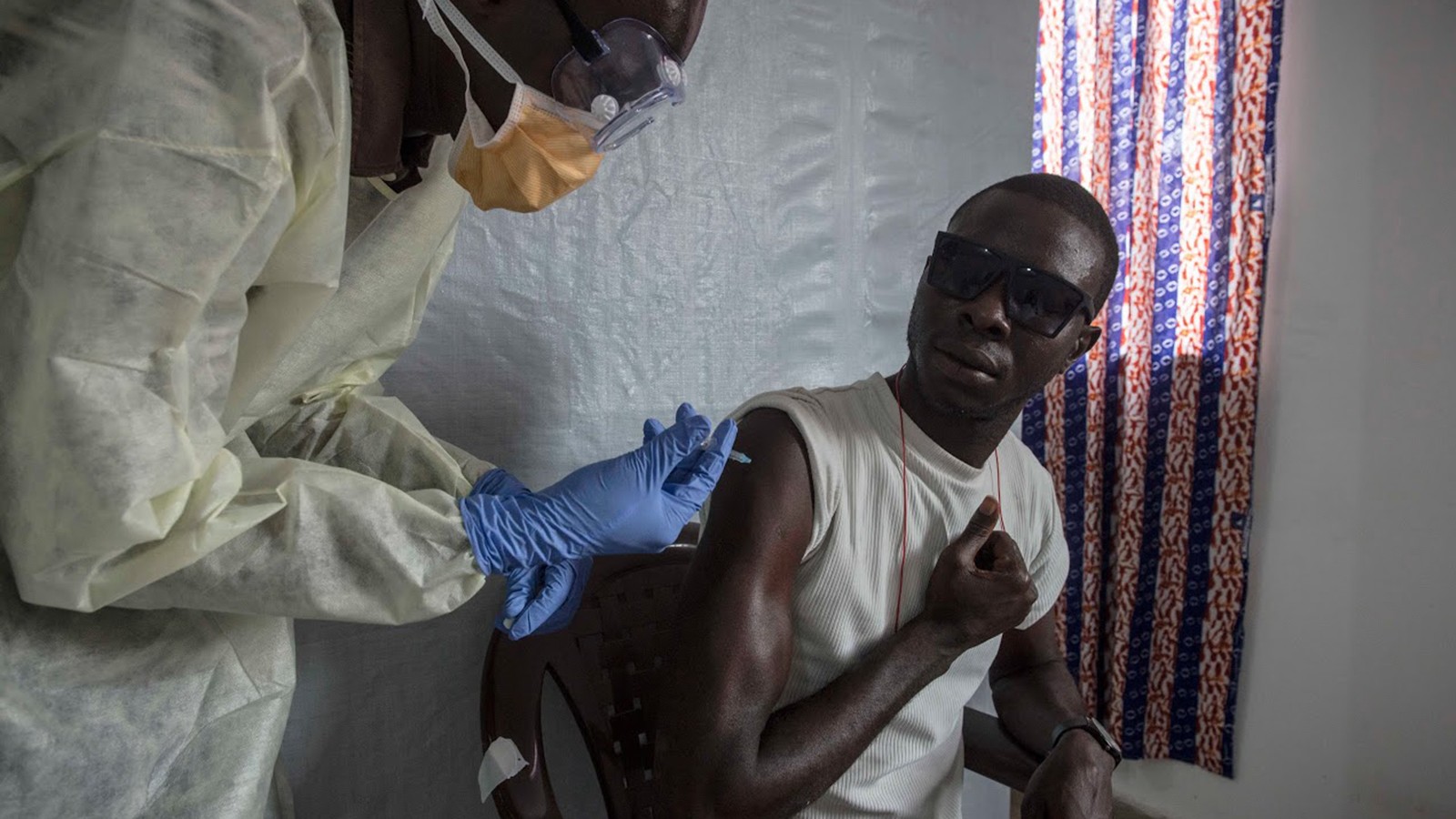


Cause of Ebola

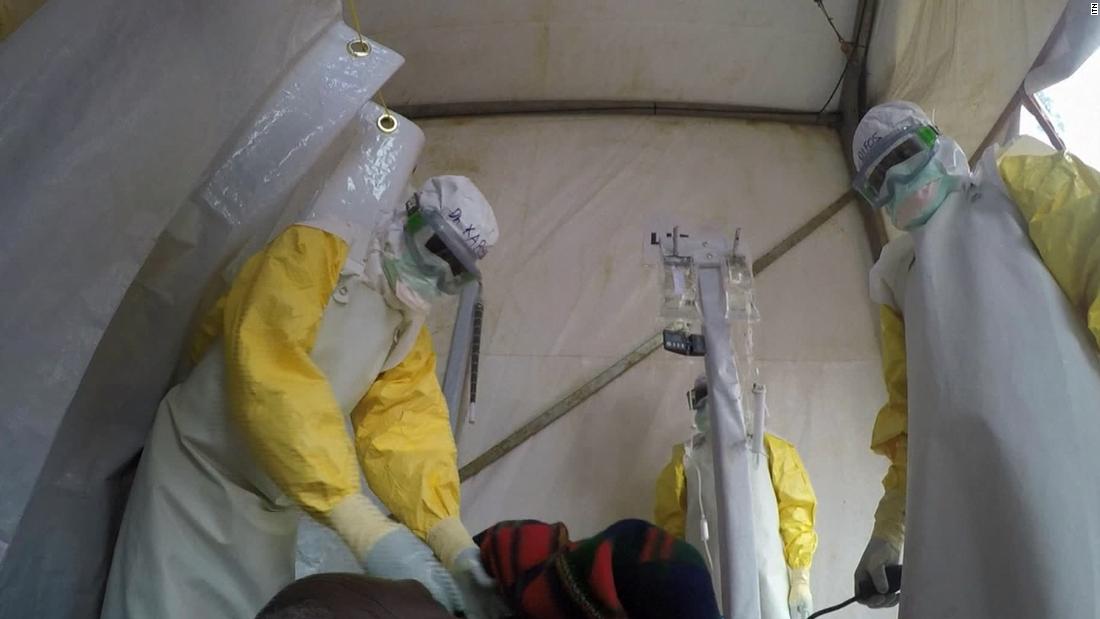

Symptoms of Ebola
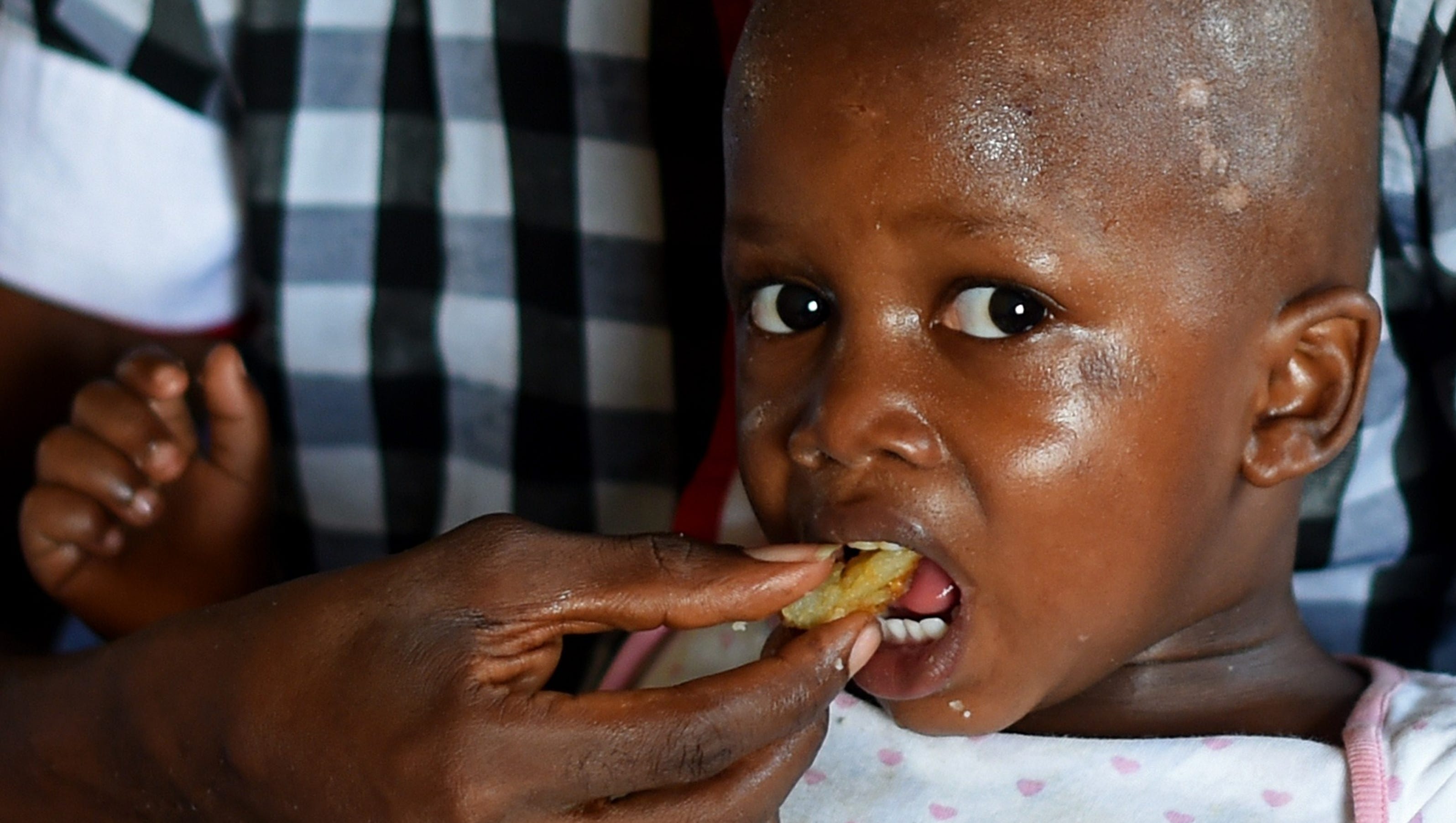
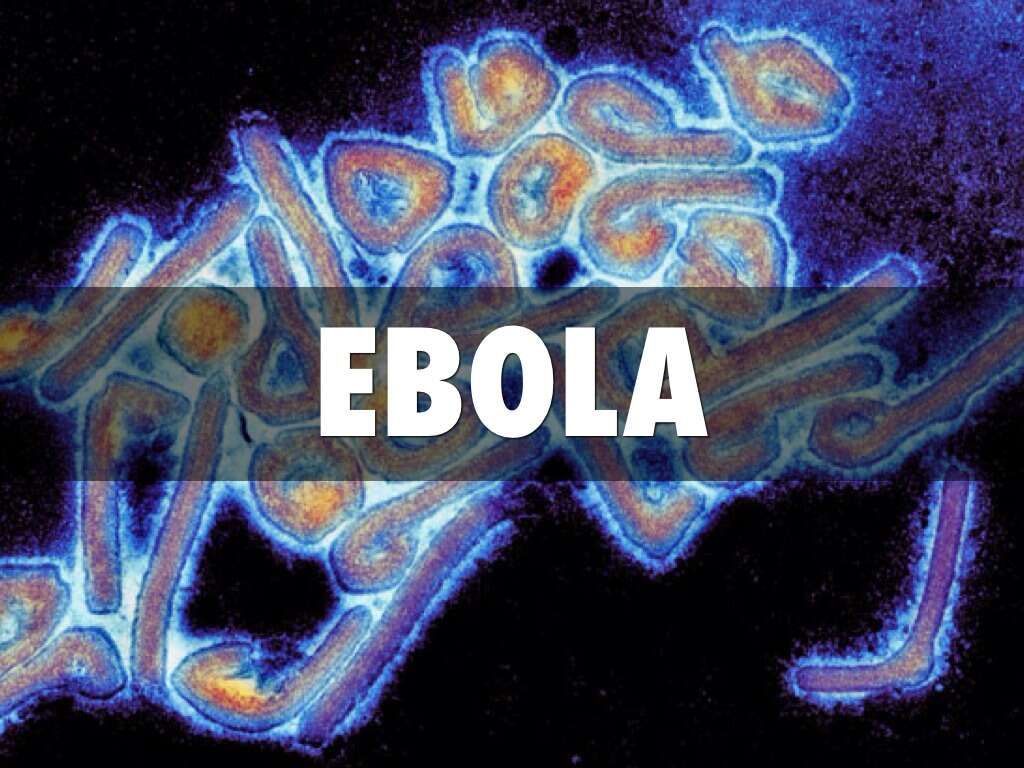
Treatment of Ebola
While there is no cure for Ebola, treatment typically involves supportive care, such as providing fluids, oxygen, and medication to manage symptoms. In some cases, experimental treatments, such as ZMapp and Remdesivir, may be used to help manage the disease. It is essential to seek medical attention immediately if symptoms of Ebola are present, as early treatment can improve outcomes.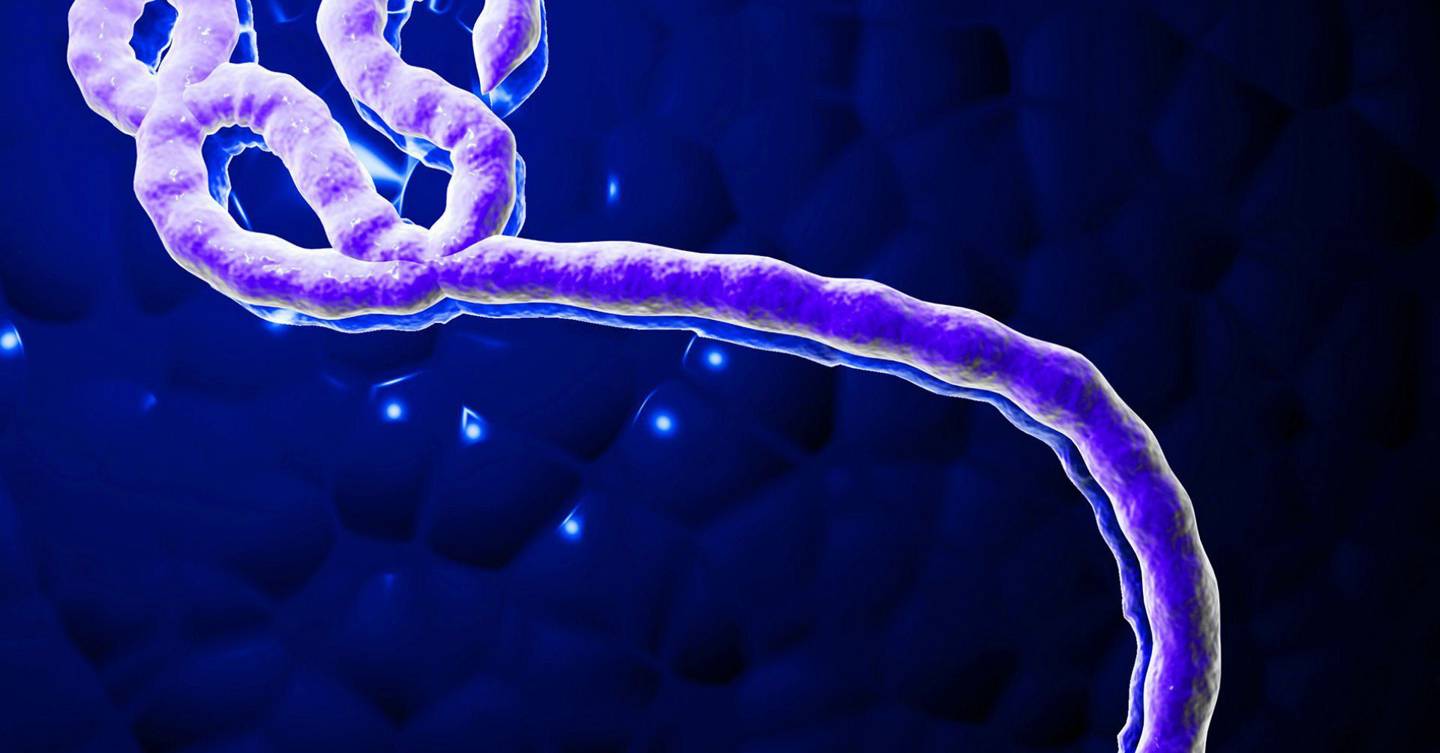
Transmission of Ebola
Ebola is primarily spread through human-to-human contact, often through touching or caring for an infected person. The virus can also be spread through contact with contaminated bodily fluids, such as blood, sweat, and saliva. In addition, Ebola can be spread through contact with contaminated objects, such as needles and medical equipment. To prevent the spread of Ebola, it is essential to practice good hygiene, such as washing hands frequently and avoiding close contact with people who are sick.